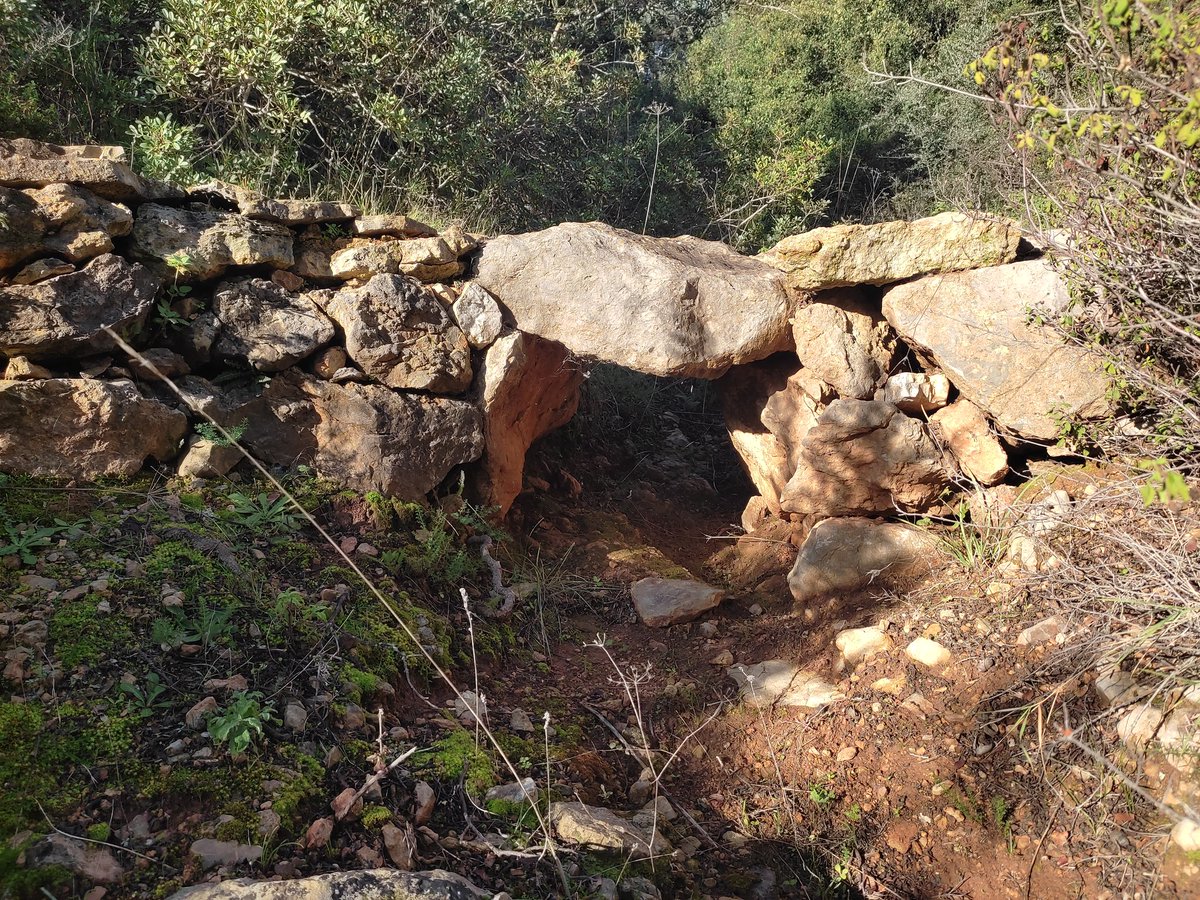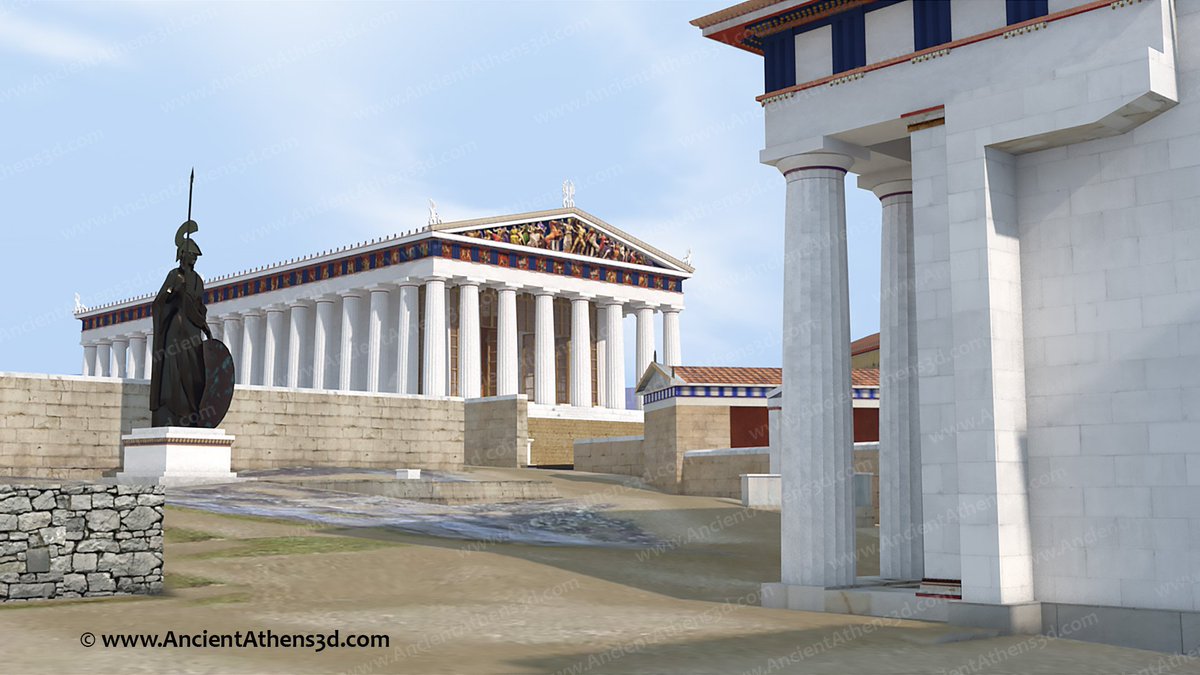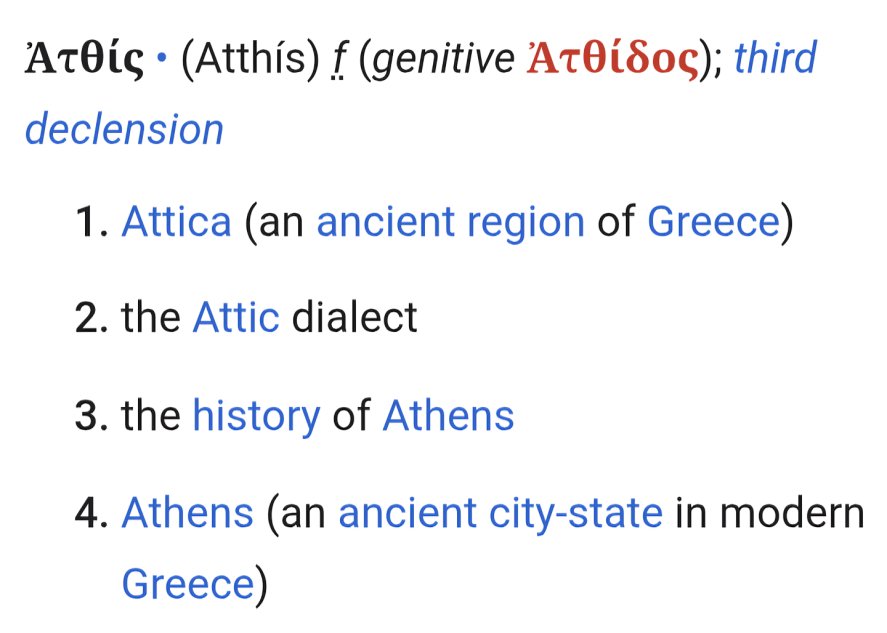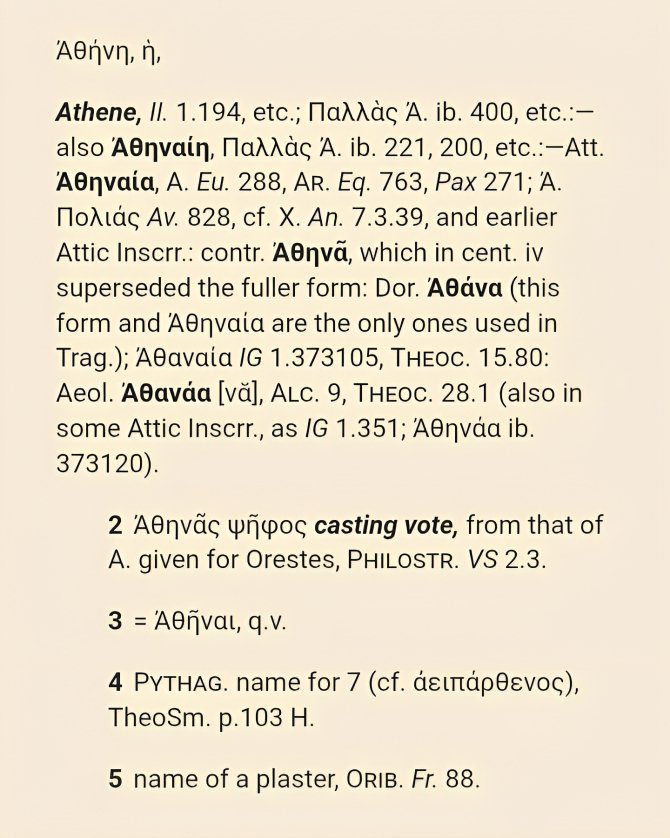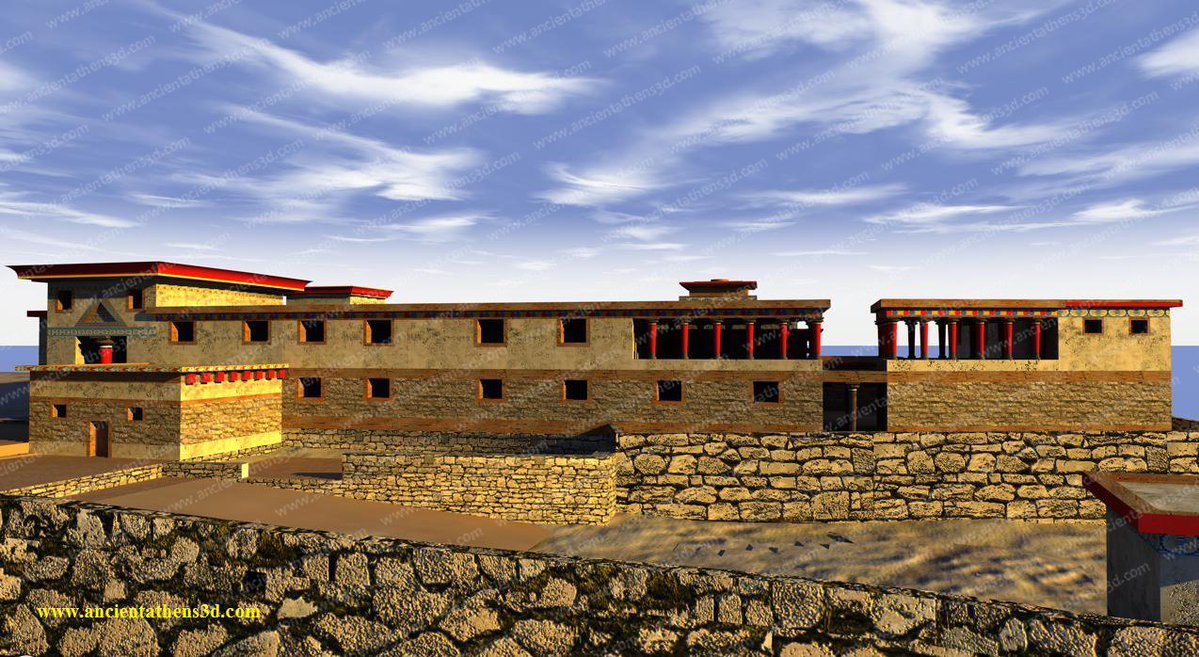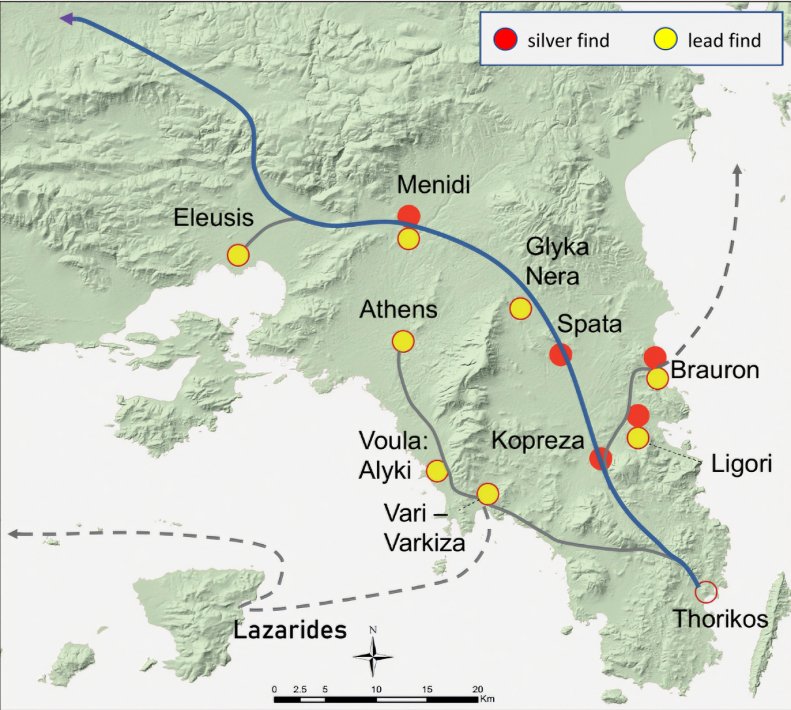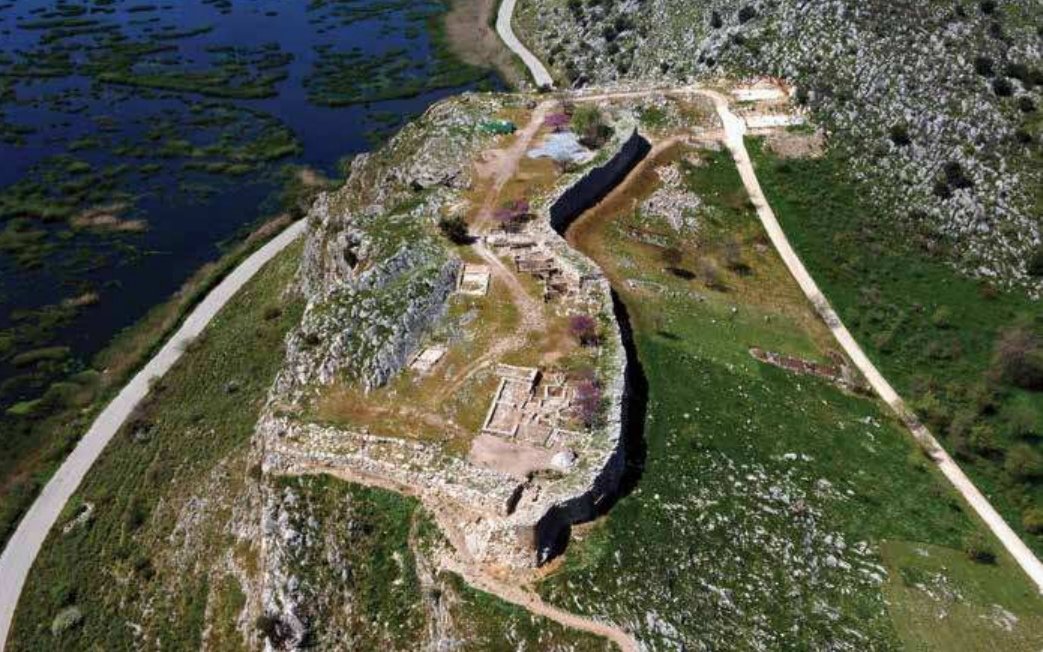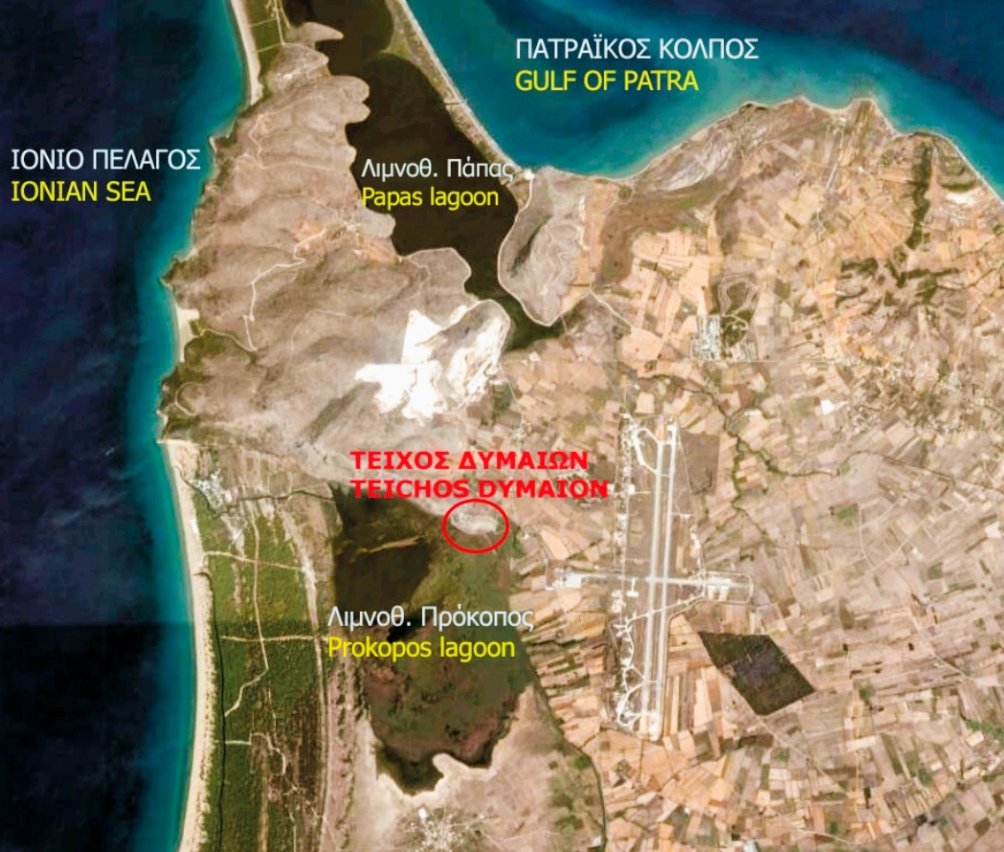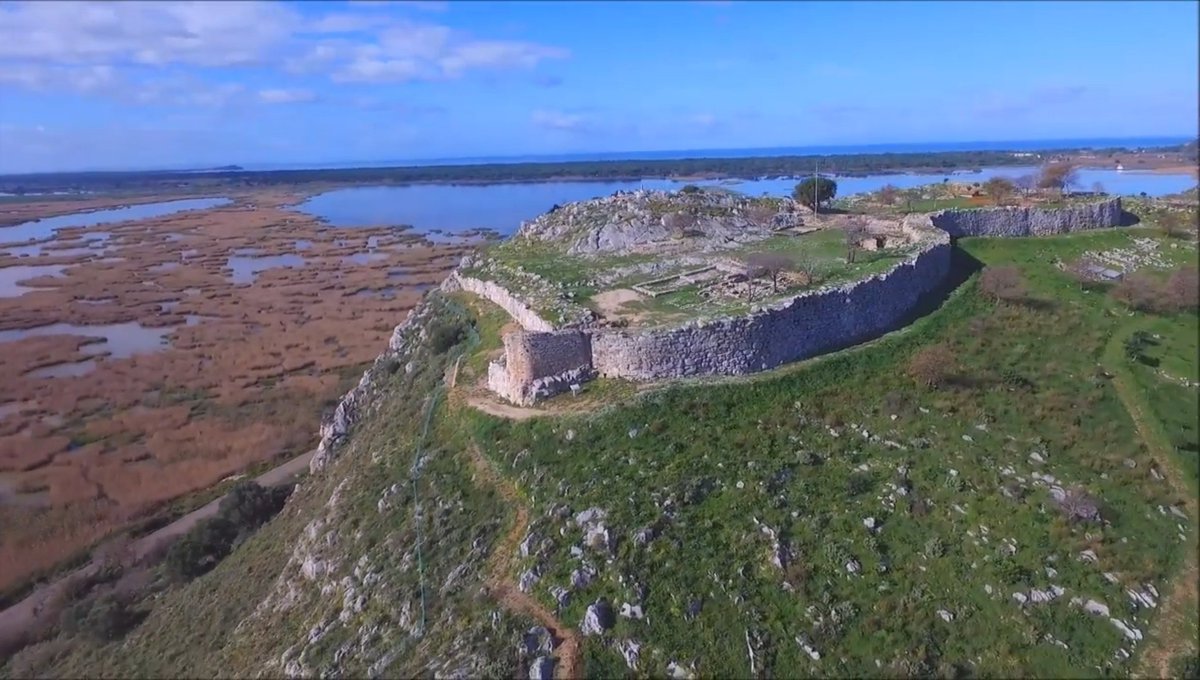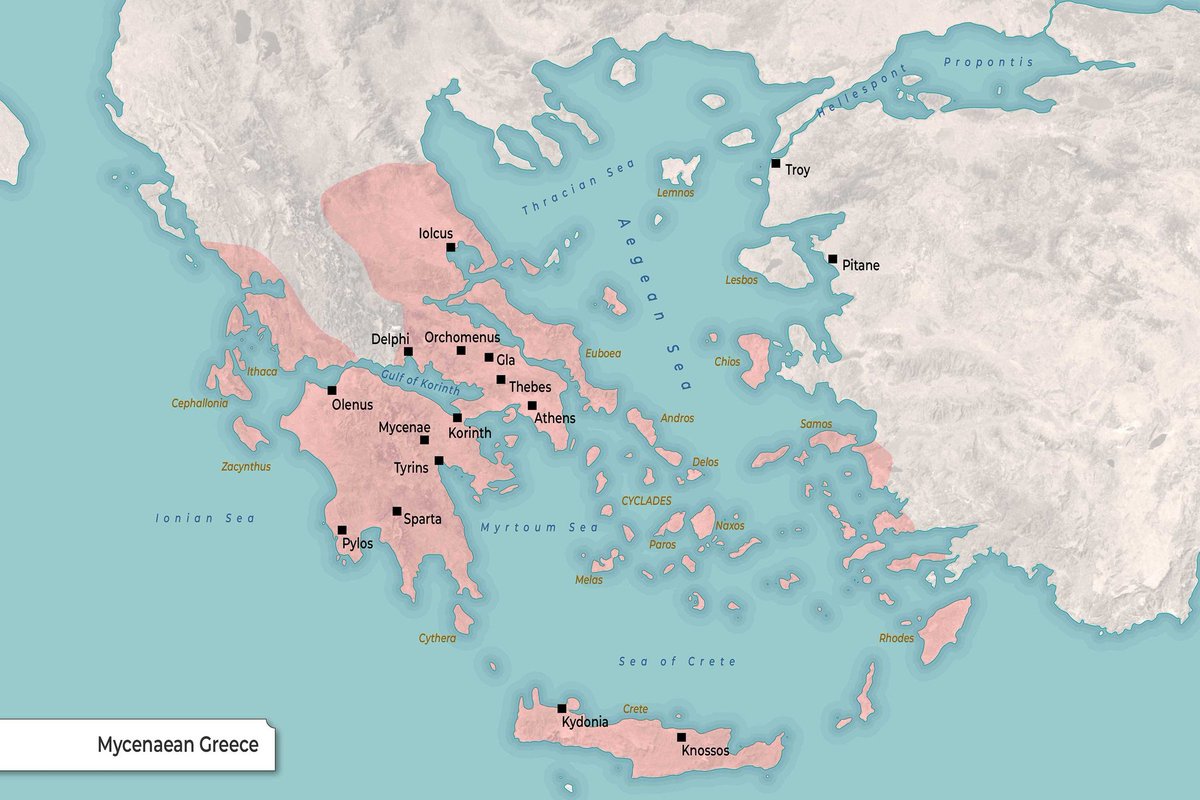1/ #Saturday walking on the Mycenaean Bridge of Kazarma.
The bridge is arched and built according to cyclopean masonry during the LH IIIB period, connecting Tiryns with the region of Epidaurus, while it was used mainly for military purposes to transport chariots.



The bridge is arched and built according to cyclopean masonry during the LH IIIB period, connecting Tiryns with the region of Epidaurus, while it was used mainly for military purposes to transport chariots.




2/ On the way to the Mycenaean Bridge A there is a representation of the ancient road, as well as the ruins of this. 





4/ Next to the first houses of the village of Arkadikos are the ruins of the double-arched Mycenaean bridge that the locals call Petrogefyri. 





• • •
Missing some Tweet in this thread? You can try to
force a refresh

